How to Easily Restore Outdoor Teak Wood Furniture

by
Love & Specs
(IC: blogger)
5 Materials
$40
1 Hour
Easy
We're showing you how to easily restore your beloved outdoor teak patio furniture the right way, so you can skip all of the unnecessary preservation and refinishing steps and keep your teak's natural beauty in tact for years to come! If you're looking for more stylish home decor & furniture DIY inspiration, tips & tricks, head to LoveandSpecs.com & sign up for our newsletter!
Over time, as teak is exposed to the elements it naturally changes color from that honey color you see on new teak to a silver-grey patina which is apparently an indication of finely aged outdoor teak. Pretty sweet, right? It's one of the things a lot of people love so much about teak! That grey, driftwood-like color is so beachy and beautiful, so don't be scuuurred of it because it doesn't affect the durability or the integrity of the wood itself. And teak is seriously durable -- one of the most durable woods on the planet to be exact which is why it's perfect for outdoor use.
Yes, you can treat teak with teak oil about every 3 months, but that doesn't maintain the integrity of the teak and you're essentially just using it to maintain the honey color, but as you can see in these pics, simply cleaning the teak can actually restore some of that honey color on its own, if that's what you're into. But teak ages so gracefully and beautifully, we weren't really wanting to get the teak totally back to it's original honey color -- we absolutely love the grey patina that has shown up in places on these chairs and wanted to maintain that naturally aged color in this process.
Experts actually recommend against using oil-based products on your teak for a few reasons, one of which is that teak already naturally contains an abundance of oils that protect it from the elements like weather of all kinds, termites and rot, so adding more oil-based "protectants" is unnecessary, which is what a lot of those oil-based products claim to be. What's more, adding oil-based products to teak could apparently cause your teak to dry out and the wood to subsequently weaken, and it could also cause a buildup of mildew and mold. Yuck. And it's for those reasons that we decided to stay away from any oil-based treatments while restoring these lounge chairs. So here's how restored their naturally aged beauty!
Using your finishing sander and 150-grit sandpaper, sand your furniture in the direction of the grain. We used 150-grit because we didn't need to get crazy with the sanding due to the fact that we aren't refinishing the furniture. As you can see from the pics, a little sanding does so much for the color, so we sanded any areas that were rough or splintering, and sanded until the worst parts of the greenish-black color were turned to that lighter grey. Super simple! Post-sanding, wipe your furniture down with a wet soft cloth to get all of the dust off. Standard operation for any sanding job. You can also spray them with a hose if you want to be quick. Normally I don't recommend that after sanding, but you'll see why it's OK in the next few steps. Make sure you lay a large tarp down and set your teak furniture on top. You want to protect whatever you're cleaning these on from any surface discoloration, etc. that the cleaner could cause.
Completely wet the teak furniture. Yep -- spray it all down with a hose.
While wearing your rubber gloves (and they also recommend safety glasses), shake your bottle of Golden Care Teak Wood Cleaner. It's a water-based product so it won't harm your wood or affect the integrity and it's awesome
Apply your cleaner to a microfiber sponge and work it into the wood in the direction of the grain. Basically, scrub-a-dub-dub, people! The furniture needs to stay wet throughout this process so make sure you have more water close by and re-wet as needed! Let the teak cleaner set in for 3 minutes when you're done.
Once your 3 minutes is up, rub the teak clean using the scouring pad provided with the teak cleaner in the direction of the grain. Some gunk may slough off of the furniture and your sponge may turn that dark green color in the process. Once you're done cleaning, rinse the furniture thoroughly with a sponge or hose until you don't see any soapy residue and voila! We used a hose to make it a quicker job -- do not use a high pressure hose. And you're done!
And you're done! Beautifully restored to their perfectly aged glory. A little bit of that original honey color as well as some of that gorgeous aged grey color everyone loves so much.
Beautifully restored teak lounge chairs, no oil or refinishing required!
Enjoyed the project?
Resources for this project:
See all materials
Any price and availability information displayed on [relevant Amazon Site(s), as applicable] at the time of purchase will apply to the purchase of this product.
Hometalk may collect a small share of sales from the links on this page.More info

Want more details about this and other DIY projects? Check out my blog post!
Published June 1st, 2018 1:52 PM



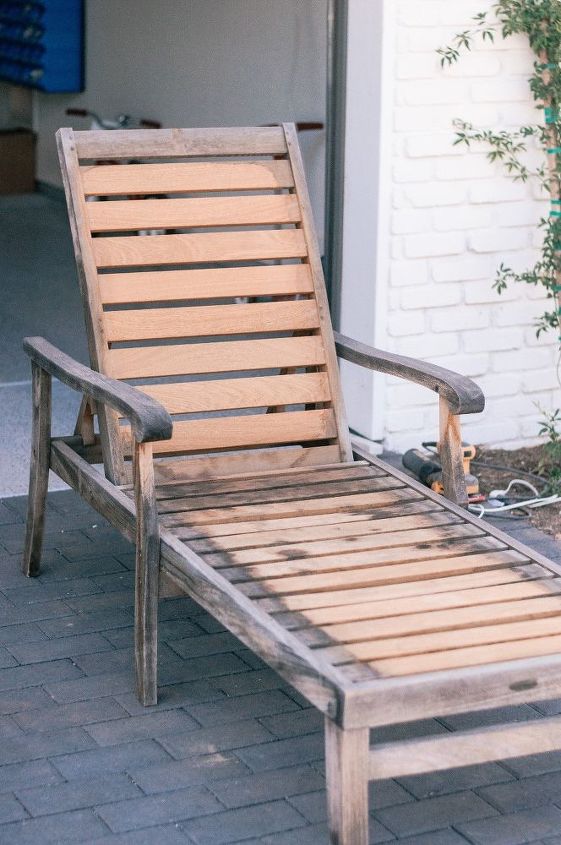















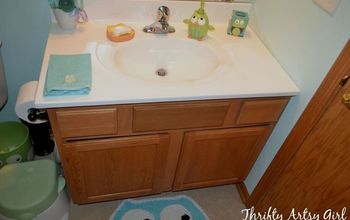



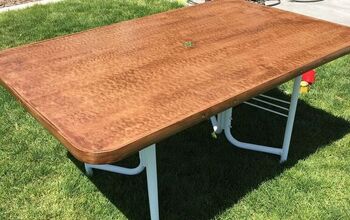
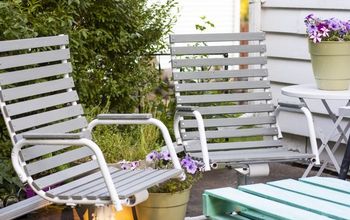
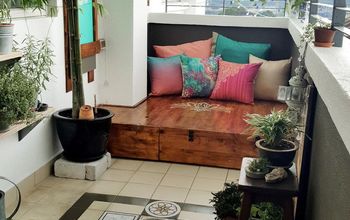
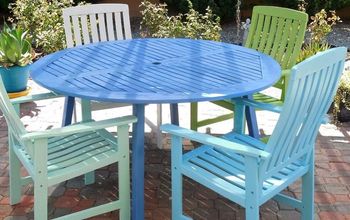
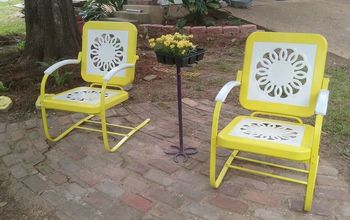




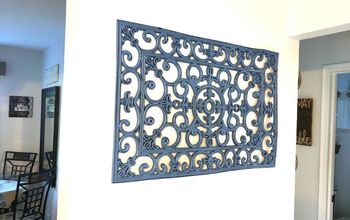


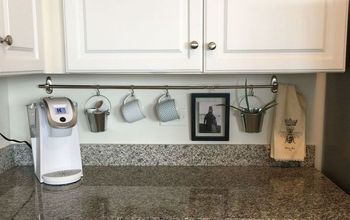
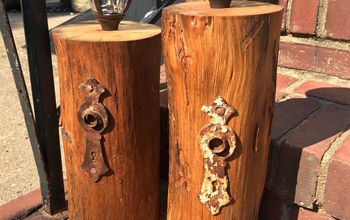
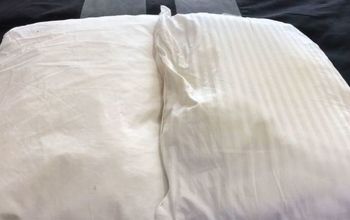

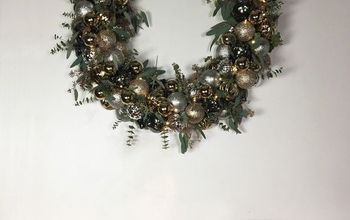

Frequently asked questions
Have a question about this project?